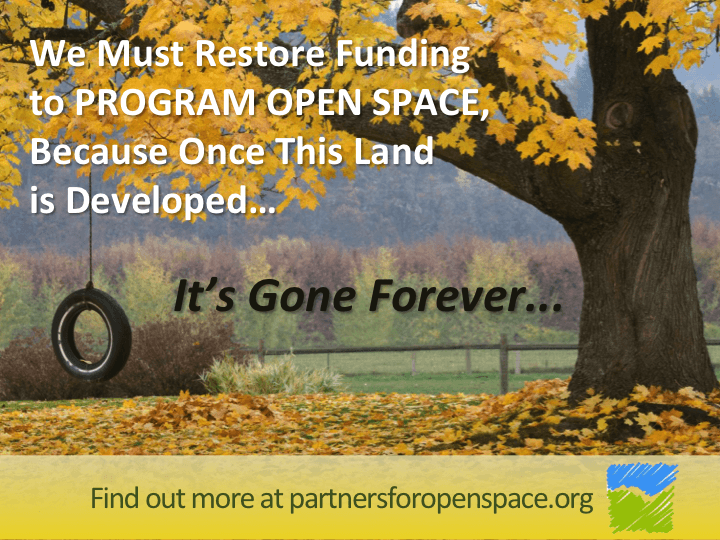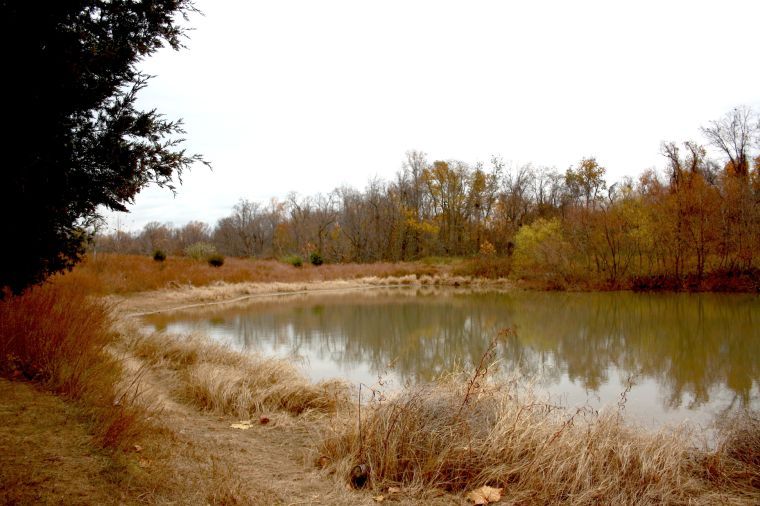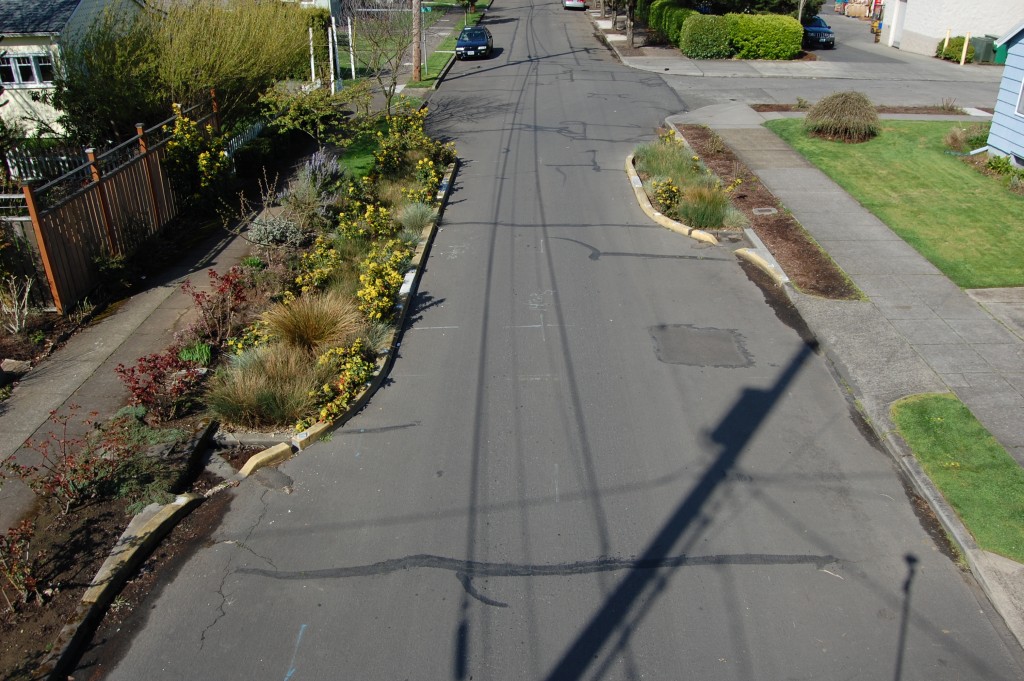Program Open Space funding
Help protect Program Open Space by telling your legislator to follow the law and add bond funding back into the budget. The future of Maryland’s precious farms, open spaces, and priceless ecological resources depends on you! Find your Maryland State Legislator here:http://1.usa.gov/1h6rWKI Maryland can't afford to lose open space funding – especially now! We’ve already lost $1 billion that was intended for buying land, at a time when land prices are low. Now the state legislature may vote to divert more funding away from protecting the land we need for our future. Maryland taxpayers pay to preserve land for parks, recreation and farmland across the state through Program Open Space, funded by a dedicated portion of the real estate transfer tax. In previous years, when the economy was tough, some DIRECT FUNDING was DIVERTED but replaced with bond funding. In this year's proposed budget, however, the direct funding is being diverted WITHOUT the necessary bond repayment, putting future funding in jeopardy.









